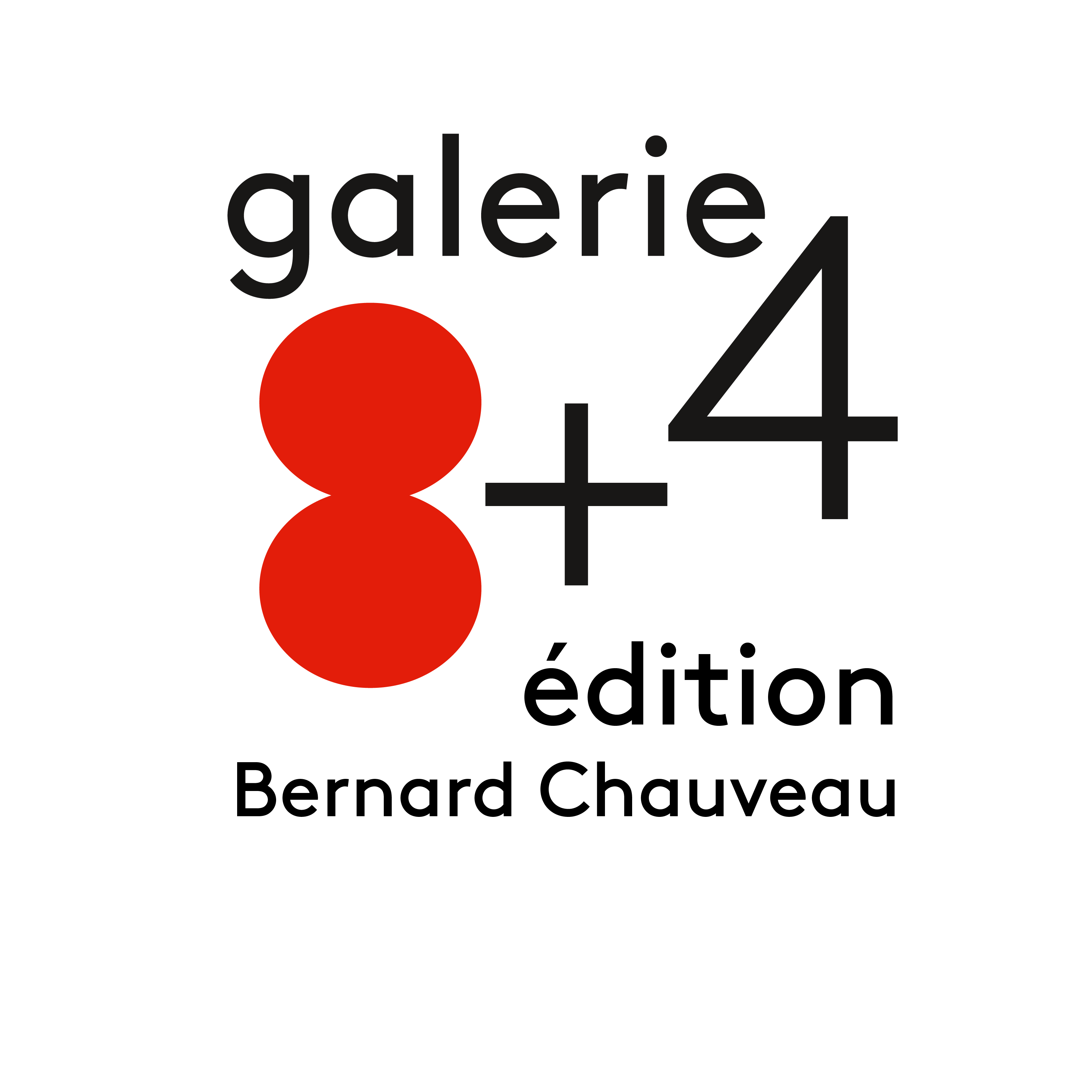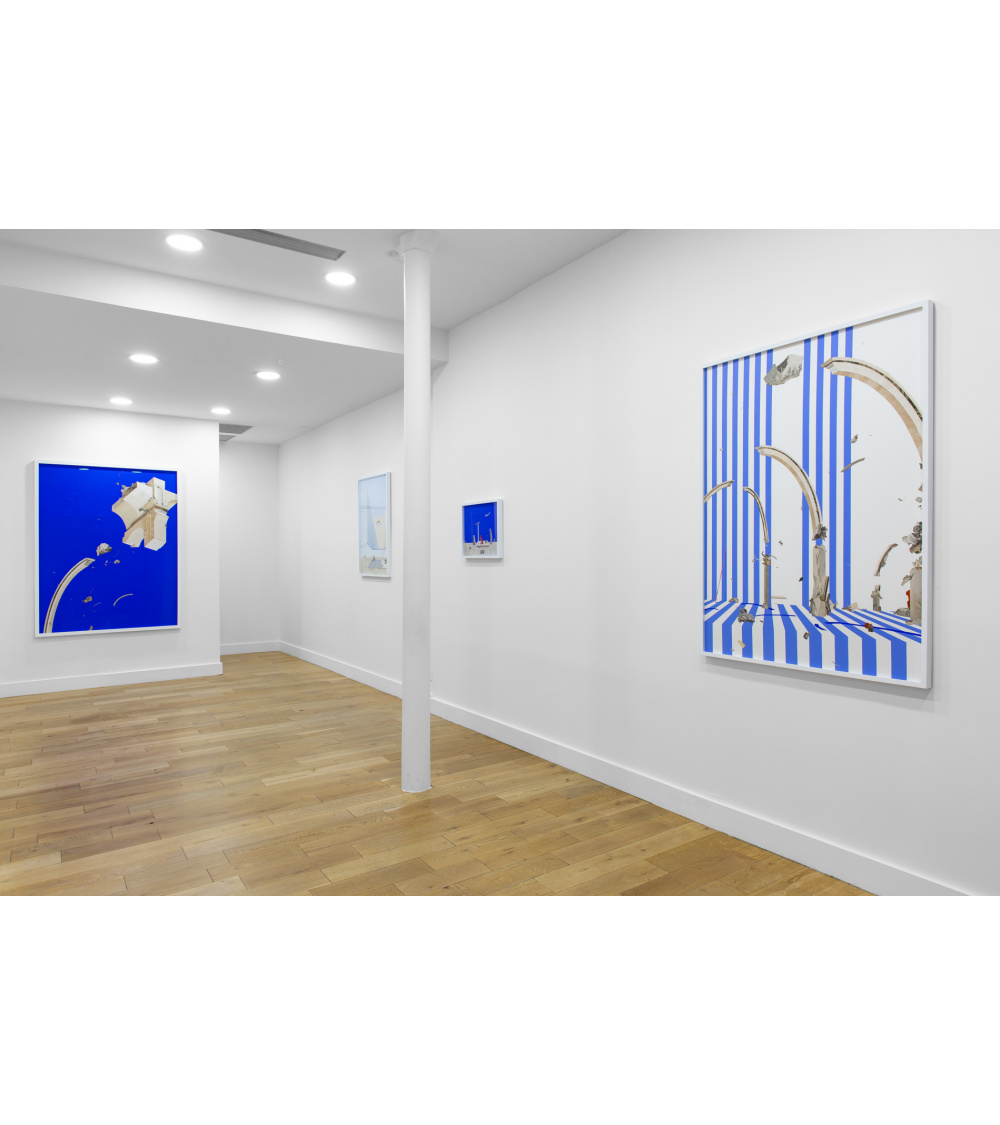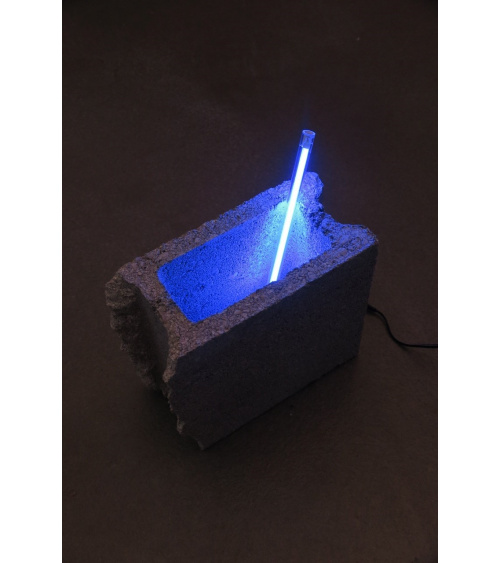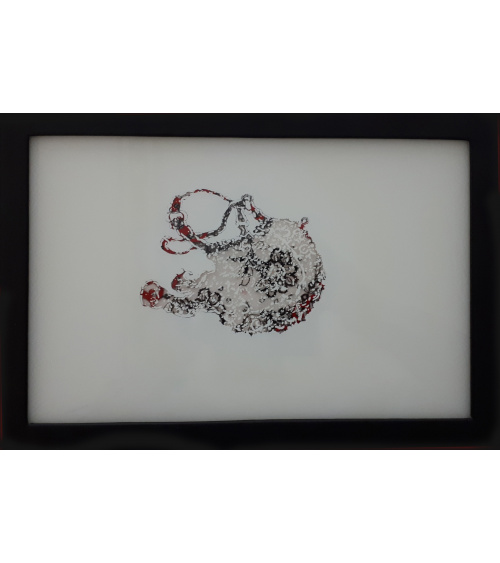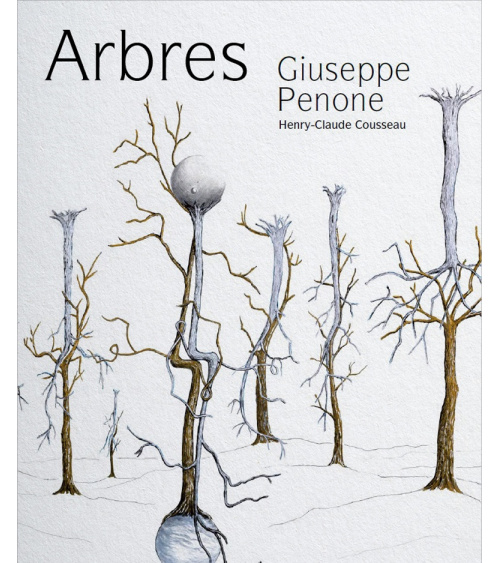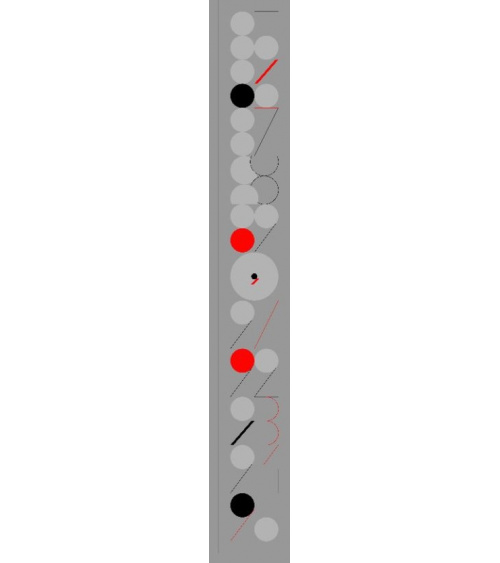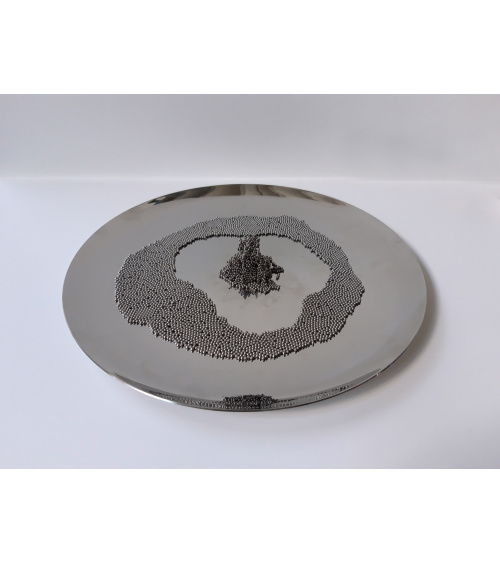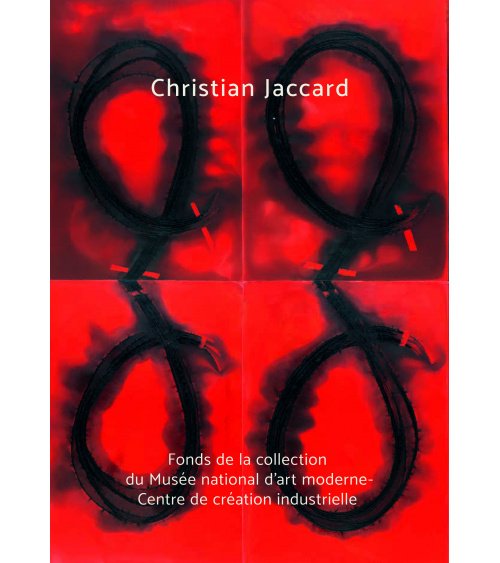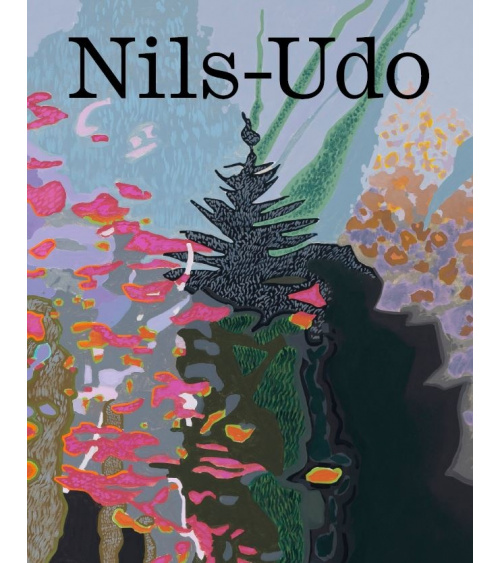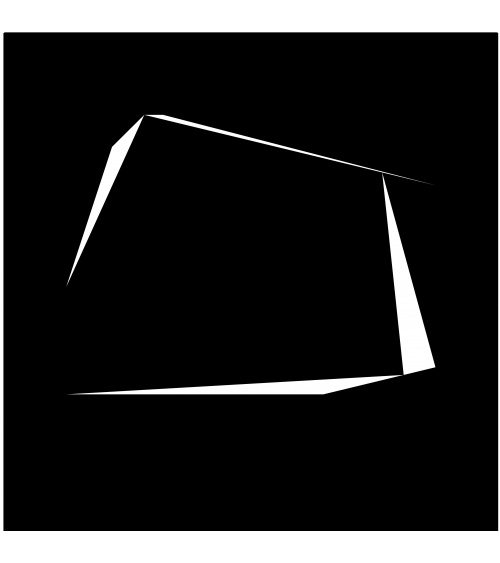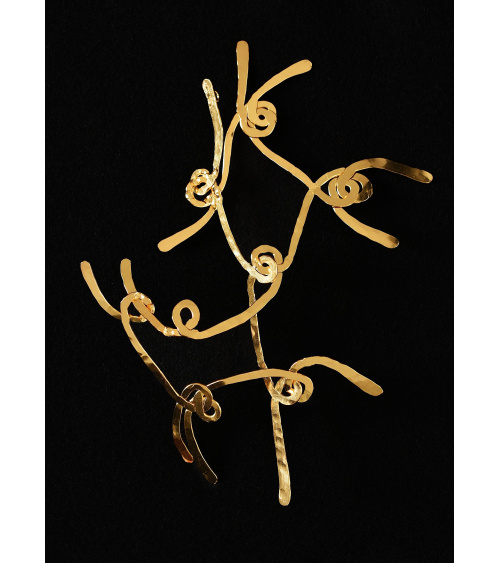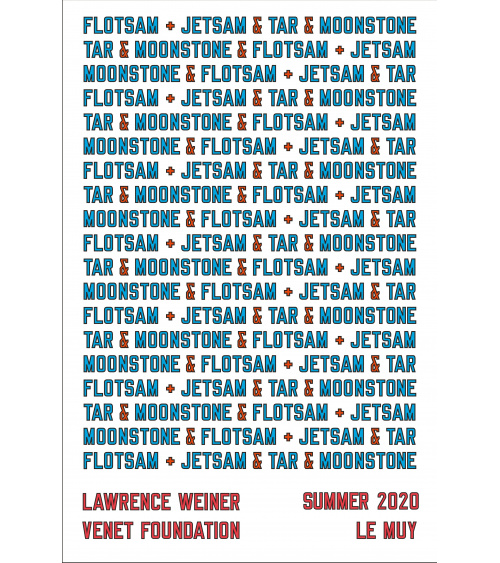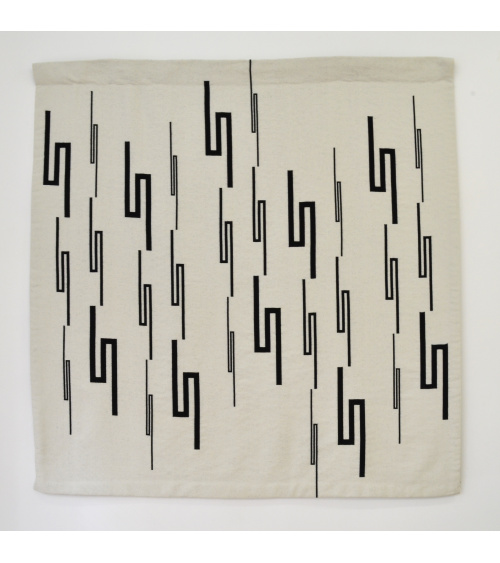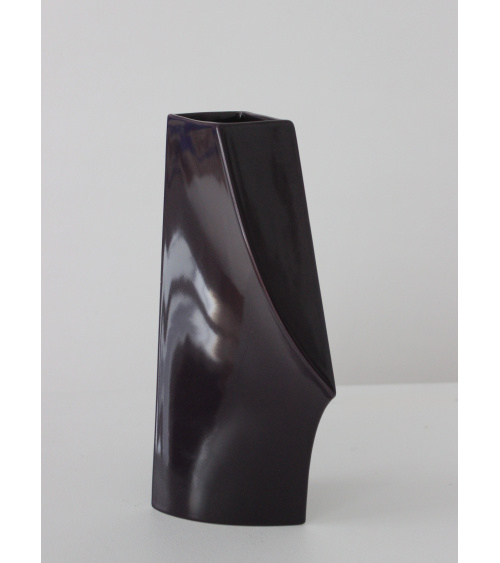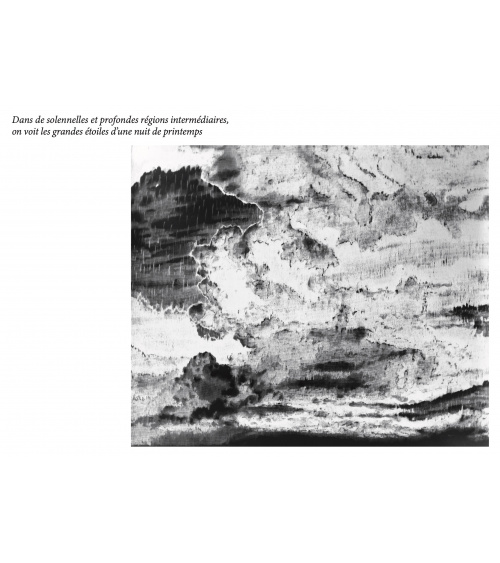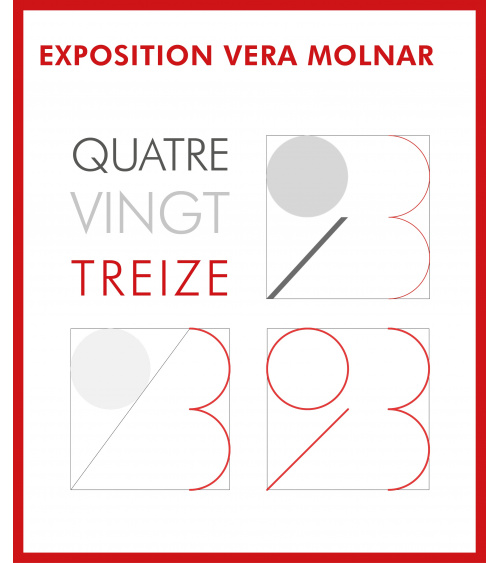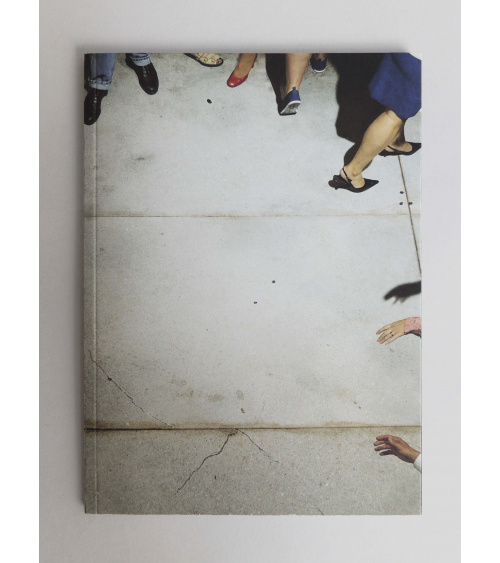Claire Trotignon / Paysages acrobatiques
Galerie 8+4 is delighted to present Paysages acrobatiques, Claire Trotignon's third solo exhibition, from 10 October 2024 to 11 January 2025.
In recent months, Claire Trotignon's practice has entered a phase of metamorphosis. While fragments of old engravings still form the basis of her collages, her compositions now have an unparalleled breadth and scale thanks to the collision of heterogeneous elements. The traditional perspectival point of view gives way to new space-time. The backgrounds, previously white and neutral, are enriched with bright colours, including a luminous blue. Within these flat areas, levitating architectural fragments, inspired by the classical order of ancient architecture, float freely in the void, defusing the idea of a romantic landscape. Through their positions in the composition, guided by a geometric intuition, these fragments and debris reaffirm a mineral materiality and an equilibrium in the making. The change of focus is reaffirmed. There is a new energy and dynamic in these works, which evoke the idea of ruin as much as the possibility of reconstruction. Imagined as addresses to the complex reality of our time, these collages reaffirm a polarity between two simultaneous types of space, at once complementary and opposed. Always carried along by a musical rhythm, these new works present themselves as possibilities for rethinking the poetics of space once championed by Gaston Bachelard. This exhibition is a precursor to the monographic retrospective of the artist's work to be organised by the Frac Picardie in 2026.
Born in 1985, Claire Trotignon lives and works in Paris and Tours. Her work has been shown in France and abroad (Venice Architecture Biennale, FIAC, Fondation Louis Vuitton, Untitled Miami), and has been the subject of several solo exhibitions in French institutions (Le SHED-CAC, FRAC IDF, Centre Pompidou Metz). His work has been included in public collections (Collection d'art Société Générale, BNF, FMAC, New York Public Library) and numerous private collections.
Trotignon (Claire)
The artist was born in 1985 in Paris, where she lives and works. She graduated with honours from the École supérieure des beaux-arts in Tours in 2008, and has become one of the most talented artists of her generation.
The practice of collage in Claire Trotignon's work should be seen as a successful attempt to talk about our time, to talk about it in a different way. There is in her work a happy collision between elements belonging to the past and forms visibly coming from the future. Nothing in her works seems to speak of our present or even to refer to any events or mutations in our culture. She composes each of her landscapes from hundreds of fragments of 19th century engravings, which she cuts out meticulously before gluing, arranging and distributing them sparsely on an immaculate white background. Their assemblages shape rocky outcrops that take the form of mountains, cliffs, or are reduced to a few elements denoting a place with no precise location. And always, a tree, or even a grove, comes to fix the ladder. Around the infinite, the void, so present in this white that radiates while leaving things unsettled. In Claire Trotignon's work, emptiness is the very basis of the composition and refutes all forms of gravity. Things float freely, excluding any clearly defined horizon or even a constraining vanishing line. The frame therefore appears as an arbitrary cut-out.
Like real traps for the gaze, these collages are populated with architecture, or more precisely with the ghosts of constructions. From series to series, they have become more abstract to the point of being embodied just as much in the archaic structures of ancient peoples or taking on the minimalist evidence of utopian architectures, which they regularly adorn with touches of intense blue applied with a brush. These arches, these blind walls, these pits and esplanades, these endless perspectives evoke a levitating future world where reality seems to have lost all substance, scattered in the folds of time and therefore of our imagination. Claire Trotignon reaffirms that any landscape, especially an urban one, is above all a mental construction in which the stakes of representation in a given culture crystallise. By playing with the idea of history, of cycles, by calling upon non-Western modes of representation (one thinks in particular of Japanese prints), her collages ultimately produce an image where the past and the future seem to cancel each other out in the ruins of the present. For the landscapes that Claire Trotignon composes are obviously metaphorical and also refer to this break-up of our contemporary cultures.
No customer reviews for the moment.
